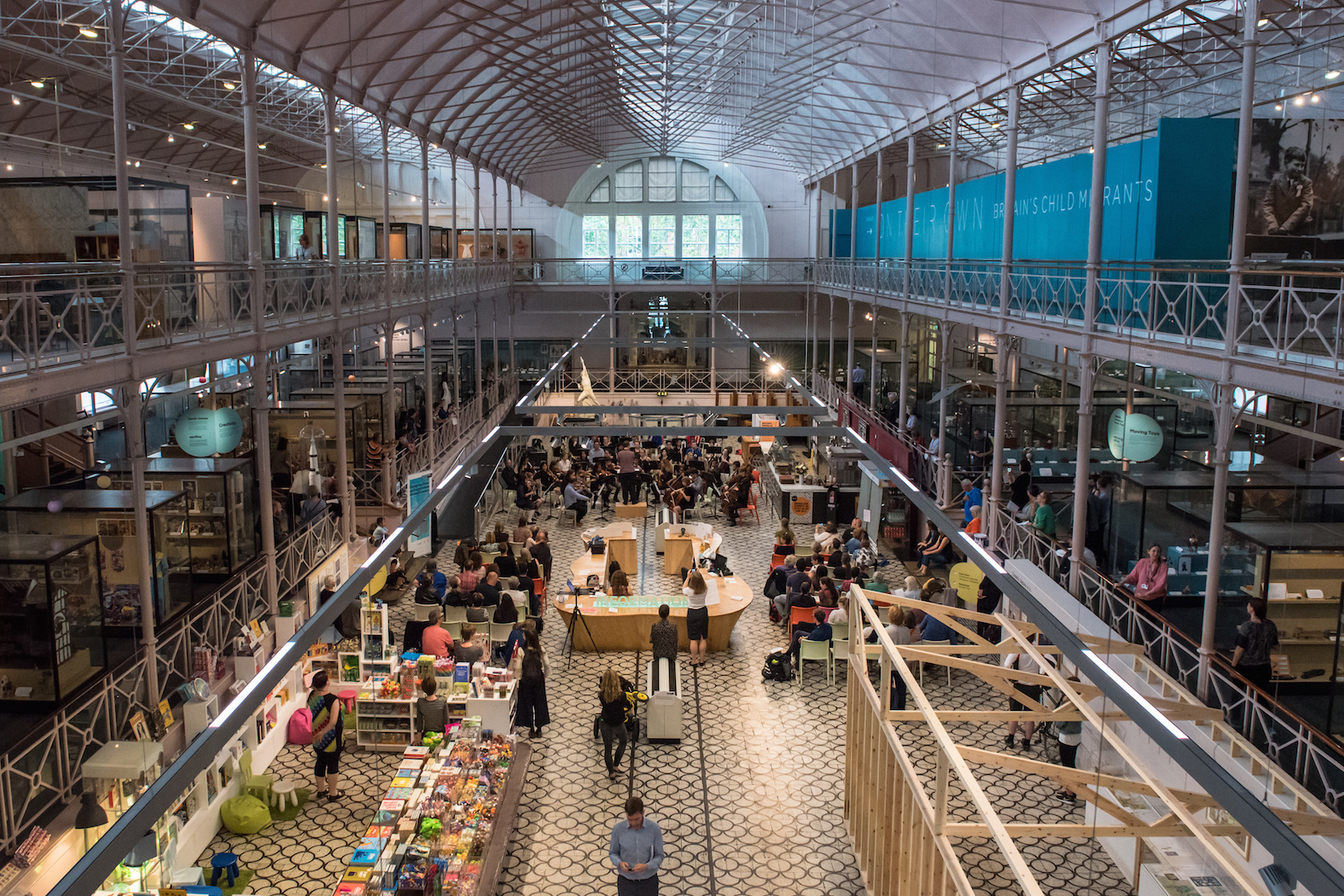
V&A Museum of Childhood, London
By Tom Stewart
Each a reflection on another piece of music, the three works that made up this short but striking programme explored different relationships with the past, sometimes close and sometimes distant.
The first, In Manus Tuas, by the Pulitzer-prize winning Caroline Shaw, was a kind of sonic study on a Thomas Tallis motet of the same name. Transformed from Renaissance polyphony into a monophonic solo cello piece, the links between it and Tallis’s ‘original’ was obscured, but cellist Sally Pendlebury’s playing gave the ebb and flow of Shaw’s arpeggios a Renaissance luminosity that filled the room.
Next was a small ensemble arrangement by Christopher Stark of a six-voice fugue from Bach’s Musical Offering that unfortunately lacked the bright, hypnotic energy of In Manus Tuas. Stark wrote in the programme that the music ‘contains canons, fugues and other pieces of contrapuntal music’ – true, but I’m not sure I’d have believed it if I hadn’t heard the Bach before. For the most part, the individual lines were unshaped and at times unclear. There were some lovely reedy sonorities courtesy of the bassoon and bass clarinet, but to come alive the music needed more expressive direction and a keener ear for detail.
Gavin Bryars’s mesmeric 1971 piece Jesus Blood Never Failed Me Yet takes a thirteen-bar sample of an unknown homeless man singing and repeats it for 25 minutes. In the hands of the Multi-Story Orchestra, only now playing all together, Bryars’s simple accompaniment of slowly rising and falling pitches was refreshing and stylish. The orchestra’s sound was perfect for the pensive harmonies, and the alto flute and vibraphone lent the work an otherworldly sweetness. Stark did an excellent job of building and releasing tension, allowing the music to breathe and keeping the players and recording united, but never inflexibly so.
It was a shame that more of the audience didn’t – as we were encouraged to – listen to the concert whilst walking around the collection. For an evening of music that deals with the past there could not have been a more appropriate venue. Or perhaps they were right to stay in their seats: these three examples of musical memory and nostalgia reminded us that distance brings the essence of the past into the clearest focus. ![]()